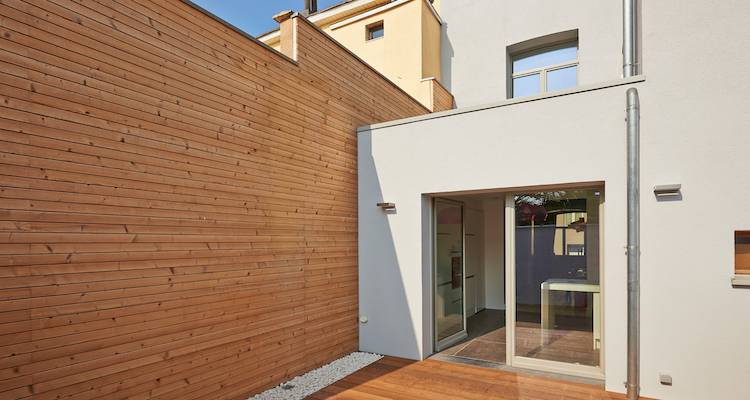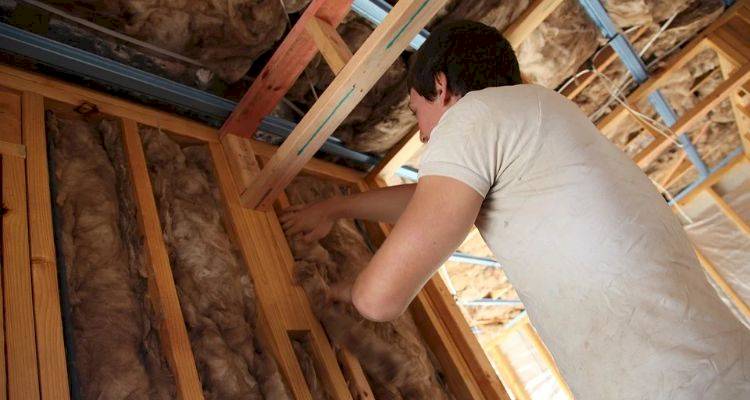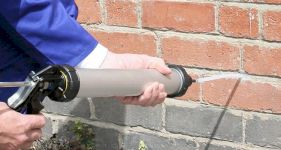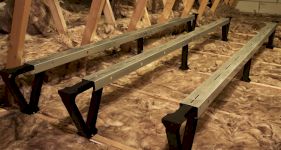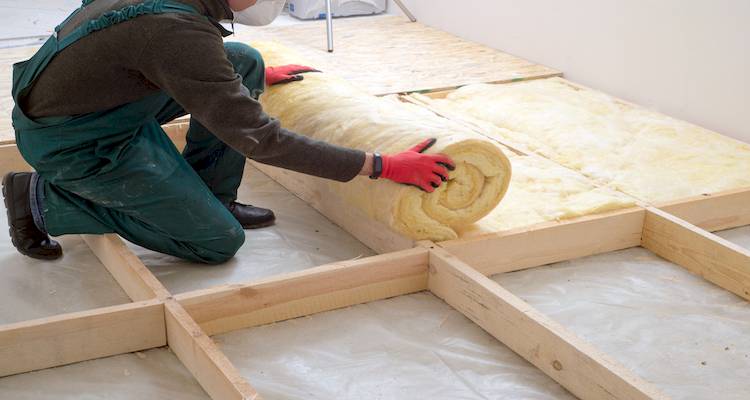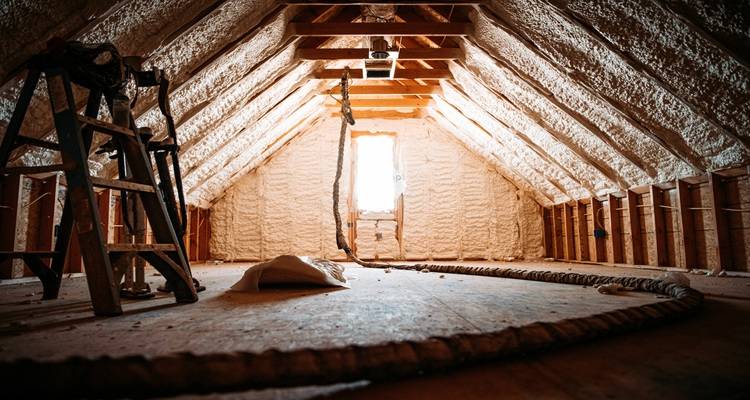Wall Insulation Guide
Are you looking for information on wall insulation?
If so, you've come to the right place! This guide will tell you everything you need to know, including the different types of wall insulation, the pros and cons of wall insulation, how to insulate a wall, and the questions you should ask when looking for a specialist to complete the work.
We will also go over common wall insulation repairs as well as the building regulations and planning permissions required to carry out work on your wall insulation.
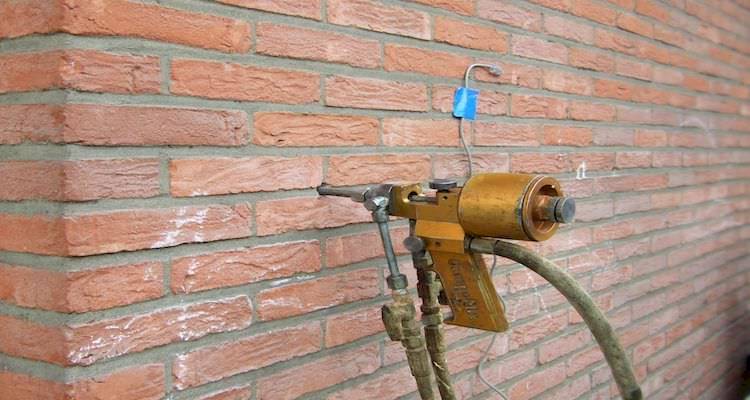
Table of Contents
- What is Wall Insulation?
- Types of Wall Insulation
- What Are the Benefits of Wall Insulation?
- How Much Does It Cost to Install Wall Insulation?
- How to Insulate a Wall
- How Long Does It Take to Insulate a Wall?
- Building Regulations or Planning Permission Approval for Wall Insulation
- Wall Insulation Repairs
- Questions to Ask When Hiring a Wall Insulation Specialist
- FAQs
What is Wall Insulation?
Wall insulation reduces heat loss through the walls, which helps to keep the room warmer for longer. This allows you to save on your energy bills and helps to prevent draughts from coming in through the walls.
Insulating materials are installed between the inner and outer leaves of the wall. There are many benefits to installing wall insulation, and you'll notice a difference right away. Many new homes are built with cavity wall insulation already installed.
Types of Wall Insulation
There are several different types of wall insulation. Below, we will take a look at the different types and go through a list of the pros and cons of each type:
Cavity Wall Insulation
A cavity wall is made up of two walls that have a slight gap in the middle. Many modern homes are built this way. One wall is usually made from bricks, and the other is most commonly made from concrete blocks.
The gap between the walls allows air to run through, which lowers the home's temperature and can make it more difficult to heat up. Cavity wall insulation is the process of filling this gap with an insulating material to prevent heat from getting lost and to reduce the amount of airflow.
Pros
- ✔ Keeps heat in the home.
- ✔ Not a very disruptive installation process.
- ✔ May help reduce mould and condensation.
- ✔ It helps to lower energy bills.
Cons
- ✖ Can be expensive.
- ✖ Walls must be suitable for installation.
Solid wall Insulation
Most older homes are built with solid walls. This means that the walls will not have cavities like many modern homes. These walls are usually made up of brick or stone. Although these walls can usually keep heat in for longer, many people still choose to insulate them.
A solid wall will be insulated with internal or external insulation. It's a good idea to speak to a contractor to determine which insulation method would work best for your home.
The process of solid wall insulation includes adding a layer of insulating material to the wall and then covering it with render or plasterboard. This process tends to be very expensive compared to other insulating methods.
Pros
- ✔ Keeps heat in the home.
- ✔ May help reduce condensation and mould.
- ✔ It helps to lower energy bills.
Cons
- ✖ Very expensive.
- ✖ Not great if you're on a tight budget.
- ✖ Disruptive.
- ✖ Can alter the look of the home.
Internal Wall Insulation
This process involves applying boards or rolls of insulation to the inside of the walls. Unfortunately, this means that you will lose some of your floor space to make room for the insulation. The brickwork also needs to be prepared beforehand, which can make this a lengthy job.
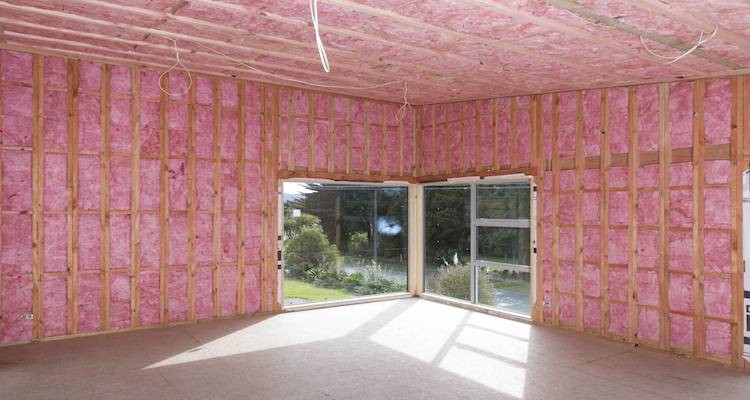
If the wall you currently have is unsuitable, then a stud wall will need to be built. This will reduce your floor space even further.
Pros
- ✔ Keeps heat in the home.
- ✔ May help reduce mould and condensation.
- ✔ It helps to lower energy bills.
Cons
- ✖ Can be expensive.
- ✖ Reduces floor space in the room.
- ✖ Quite a disruptive installation process.
What Are the Benefits of Wall Insulation?
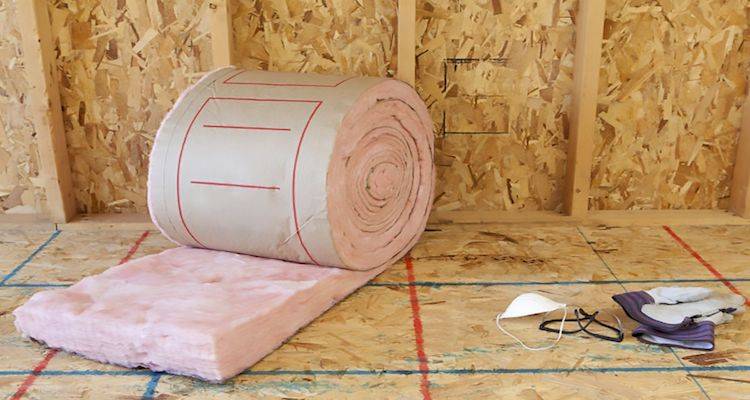
Now that you know about the different types of wall insulation, let's take a look at the benefits of insulating a wall:
- Reduces Your Energy Bills — Insulating walls can help you save money on your heating bills. Your central heating won't have to work as hard to keep your room at your desired temperature.
- Keeps the Heat In — If you have insulation installed, you'll lose a lot less heat through the walls. This means that the warm air will stay in your home and will keep your rooms heated for much longer.
- Keeps Your Home Cool — During the warmer months, wall insulation also helps to keep your home cooler and more comfortable.
- Reduces Your Carbon Footprint — Having insulation means that you won't have to have your heating on as often or for as long. This means that you'll be using much less fuel and energy, and so it will reduce the environmental impact of your home.
- Increases Your Property Value — Most homeowners today expect a home to be insulated. Therefore, adding the appropriate insulation to your home will make it much more appealing to potential buyers. With this in mind, people are willing to pay more for a well-insulated home than one that is not.
The initial investment can be hefty, depending on the type of insulation and the size of your home. However, you'll save on energy bills and increase your property's value so that this investment will pay off. Depending on the installation type, it could be disruptive. For example, internal wall insulation requires emptying the room and redecorating afterwards. Some internal methods may also reduce room size.
How Much Does It Cost to Install Wall Insulation?
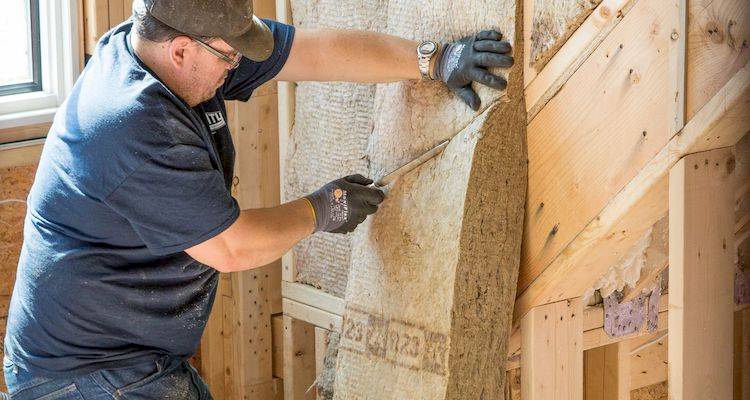
Now that you know the advantages and disadvantages of wall insulation, you may be wondering – how much does wall insulation cost?
Several factors can affect the cost of wall insulation.
These factors include; the type of walls at your home, the type of insulation being installed, the size of your home, and your location in the UK. For example, those based in and around London can expect to pay more for the work than those based in the North or other parts of the UK.
The most popular type of wall insulation in the UK is cavity wall insulation. Solid wall insulation is much more difficult to install and tends to be quite a bit more expensive.
How to Insulate a Wall
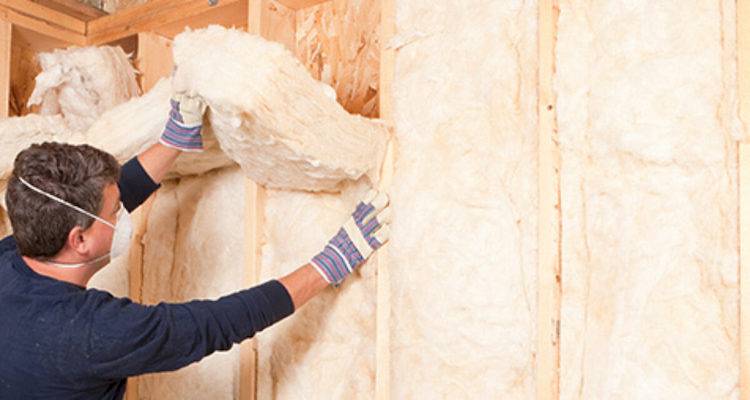
It's not a good idea to attempt to insulate your walls yourself as a DIY job as it is quite a hefty job and could be dangerous when working at heights on the upper floors.
In addition, many insulation jobs will require specialist equipment such as a cavity wall insulation pump. With this in mind, it's best to hire a professional to take care of the work for you.
With MyJobQuote, you can get several quotes from wall insulation installers near you. It's fast, free, and there is no obligation to go ahead.
Here is a typical wall insulation process:
Before the Job Starts
Before you have your insulation installed, your contractor will carry out a survey. This survey is put in place to determine whether or not your walls are suitable for insulation.
The contractor will also make sure that there isn't any insulation already in place. They will also check for any signs of damp and do a visual inspection of the condition of the brickwork.
Cavity Wall Insulation
- Holes are Drilled — Small holes are drilled through the wall.
- Cavity is Filled — The insulation material is pumped into the cavity with a pump.
- Holes Filled and Covered — Once the cavity is filled, the holes are filled and covered to match the exterior of the home.
Solid Wall Insulation
- Walls Prepped — The wall is prepared for adding insulation (preparation method depends on the type of wall and whether you're getting external or internal wall insulation).
- Insulation is Installed — Insulating material is stuck onto the wall.
- Insulation is Covered — The insulation is covered with either render for external walls or plasterboard for internal walls.
How Long Does It Take to Insulate a Wall?
The time it takes to insulate a wall will depend mostly on the size of your house and the method of insulation.
You can expect the work to take around 2-4 hours to complete on average for a cavity wall insulation job.
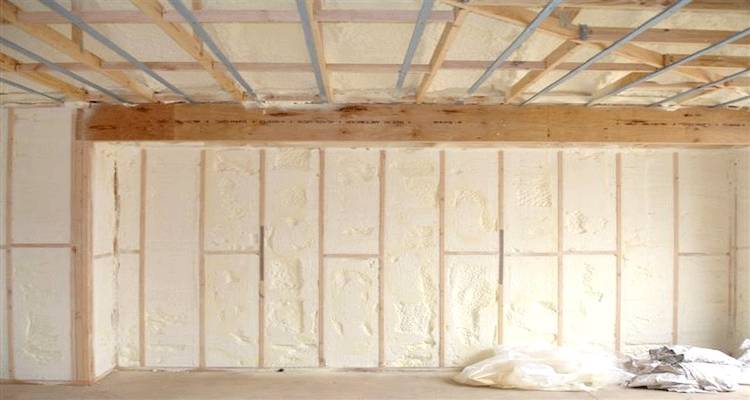
Solid wall insulations take much longer as a new wall or cover must be built and the insulation added. Plus, you'll also most likely need to re-decorate if you are having internal wall insulation added.
This type of insulation will usually take around 2-10 days to complete depending on how large your home is and how many walls are being insulated.
Building Regulations or Planning Permission Approval for Wall Insulation
As long as you don't live in a listed building or a conservation area, you won't usually need to worry about planning permission when installing cavity wall insulation.
If you are altering the outer part of the home via external solid wall insulation work, you may need to seek planning permission for this work. Again, it is a good idea to speak to your local council or planning authority before going ahead with the work.
You will need to adhere to building regulations rules when installing wall insulation. When the work is complete, a building control officer may need to inspect the work to ensure the work is up to the right standards.
Below is an overview of what the building regulations require for each type of insulation:
Cavity Wall Insulation
- Insulating material must be suitable for the wall construction
- For some older foam cavity wall insulators, a risk assessment for the emission of formaldehyde gas may need to be carried out
Solid Wall Insulation
- Must meet minimum energy efficiency values
- Thermal insulation of the wall must meet the standard required by building regulations approved documents
The homeowner's responsibility is to help ensure that all work completed on the home complies with building regulations. With this in mind, you should speak to your contractor to ensure they know exactly what needs to be done to adhere to these rules and regulations.
Wall Insulation Repairs
In some cases, you may need to contact a contractor to do some repairs on your insulation. Most of the time, insulation remains maintenance-free, and you won't have to worry about it once it's been installed. However, if it has been installed incorrectly, then you may come into some problems.
Most of the time, your insulation will need to be removed and replaced when you encounter these kinds of problems. Unfortunately, cavity wall insulation problems can sometimes be difficult to fix, especially if the insulating material is urea-formaldehyde.
Removing Urea Formaldehyde Foam
If you have urea-formaldehyde foam in your walls, it can be difficult to find a contractor willing to remove it since it's such a difficult job. To remove this type of insulation, you will need to break down the insulation into dust. This dust can then be vacuumed out of the cavity.
It can take a very long time to complete this work. It's also very difficult. The whole house needs to be secured to prevent any dust from getting into the home.
This means that every single ventilation route will need to be sealed, and the entire job must be carried out with great care. In addition, you would need to vacate your property during the work, and it can be quite an expensive job overall.
Removing Other Types of Insulation
Other types of insulation are much easier to remove. For example, if there is damage to a different type of insulation or if the insulation has been installed incorrectly and needs to be removed, it's a simple case of removing some of the lower bricks in the wall and then sucking or pulling the insulation out. It's not a difficult job; however, it is very time-consuming.
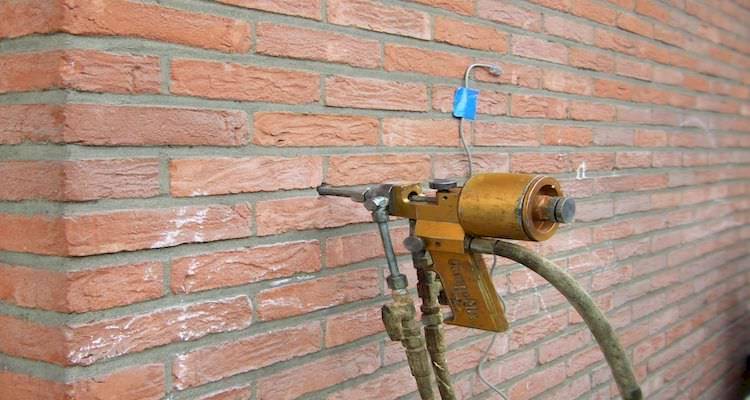
Questions to Ask When Hiring a Wall Insulation Specialist
You may need to consider several things when finding the right contractor to install your wall insulation for you.
Below is a list of common questions that you should ask when looking for the right contractor for the job:
- Are they qualified? Ask what formal insulation qualifications they or their team hold, and whether the company is PAS 2030 certified and TrustMark registered.
- Are they part of any recognised industry schemes or trade bodies? Installers should be members of recognised industry bodies or schemes such as the National Insulation Association (NIA), registered with a guarantee scheme like the Cavity Wall Insulation Guarantee Agency (CIGA).
- Do they have insurance? It would be best if you looked for contractors who have public liability insurance, that covers property damage and personal injuries.
- How much experience do they have? Make sure they are experienced in wall insulation and can provide evidence of their work.
- Does they offer any guarantees? If they offer a guarantee, find out how long it lasts, what issues it covers, and whether they fix any issues that arise.
- Do they work to building regulations? Ensure the installers you hire are clued up on, and adhere to, building regulations.
- Do they have positive reviews? Check their MyJobQuote profile to see what other homeowners are saying about their work.

